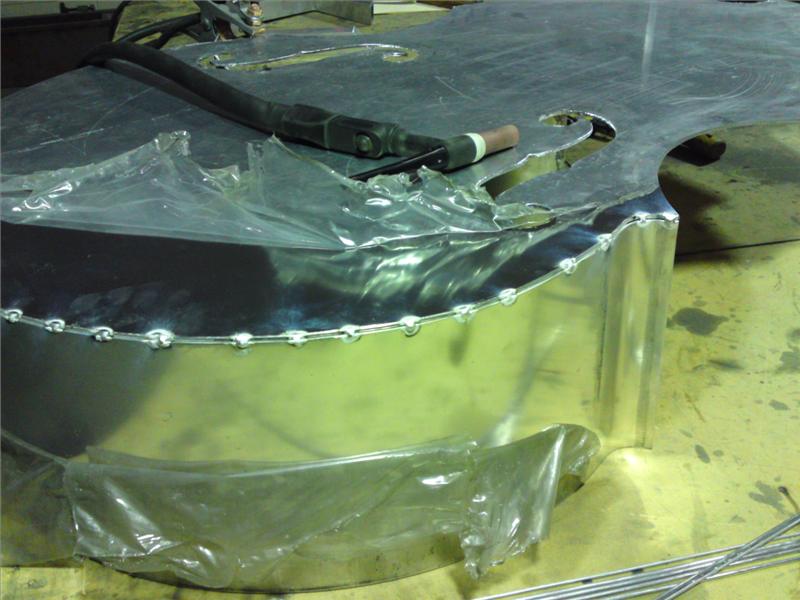As part of the RNCM’s prestigious Manchester International Violin Competition, the four violin makers William Castle, Helen Michetschläger, Kai-Thomas Roth, and Marc Soubeyran will work together to make a copy of a Guadagnini violin. The making process is broadcasted as live stream: www.ustream.tv/channel/rncm-test
The violin will be set up in full playing condition, but will be varnished subsequently. After varnishing, the violin will become part of the RNCM collection for loan to RNCM students. The finished violin will be played for the first time by one of the Competition’s semi-finalists on the final day of the Competition. As part of this special event, the makers will be available to answer questions about the process.

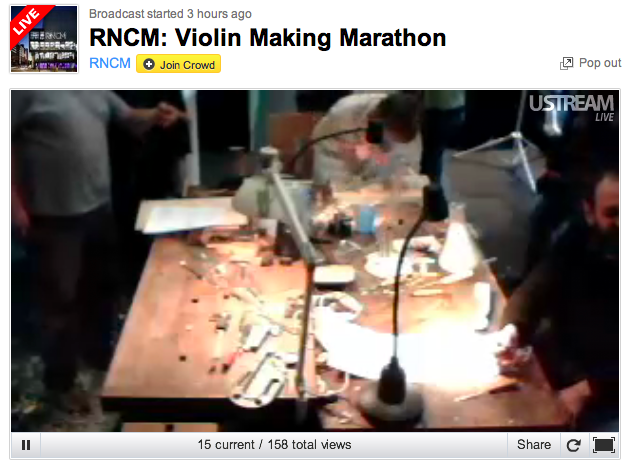

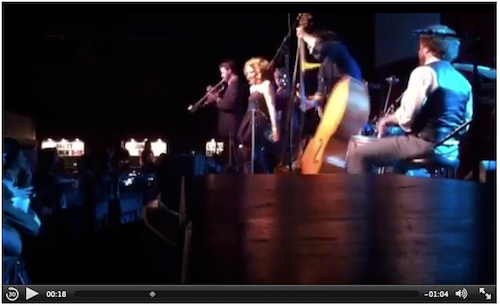
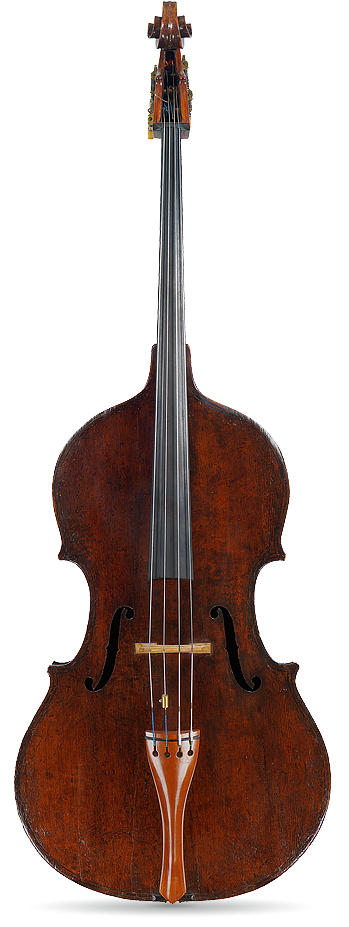 Tarisio, an auctioneer spezialized in old string instruments and bows, announces the upcoming auction of an
Tarisio, an auctioneer spezialized in old string instruments and bows, announces the upcoming auction of an 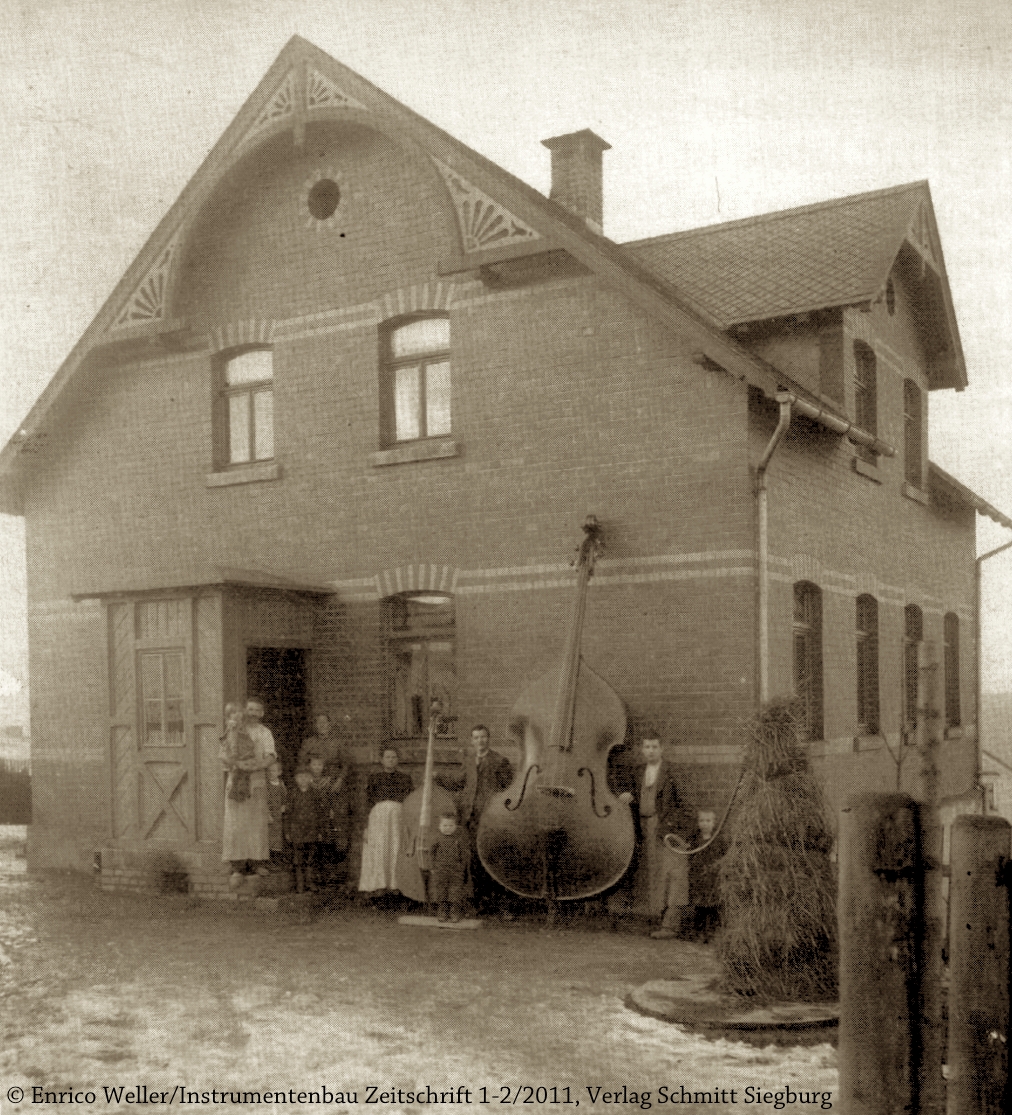 In 1903, German bass maker Otto Roth (1876-1954, Vogtland area/Bohemia) finished a huge double bass with almost 4.20 m height and 2.10 m body length. The photo (taken in 1905) shows the enormous size of this “moster” bass: twice as big as a regular bass. For getting it out of the workshop, the window has been the only way out. Roth made this bass for the Chicago opera, but unfurtunately, no further informations about the use and ownership of this monster bass are available.(from the german instrument making magazine “Instrumentenbau” 1-2/2011)
In 1903, German bass maker Otto Roth (1876-1954, Vogtland area/Bohemia) finished a huge double bass with almost 4.20 m height and 2.10 m body length. The photo (taken in 1905) shows the enormous size of this “moster” bass: twice as big as a regular bass. For getting it out of the workshop, the window has been the only way out. Roth made this bass for the Chicago opera, but unfurtunately, no further informations about the use and ownership of this monster bass are available.(from the german instrument making magazine “Instrumentenbau” 1-2/2011)